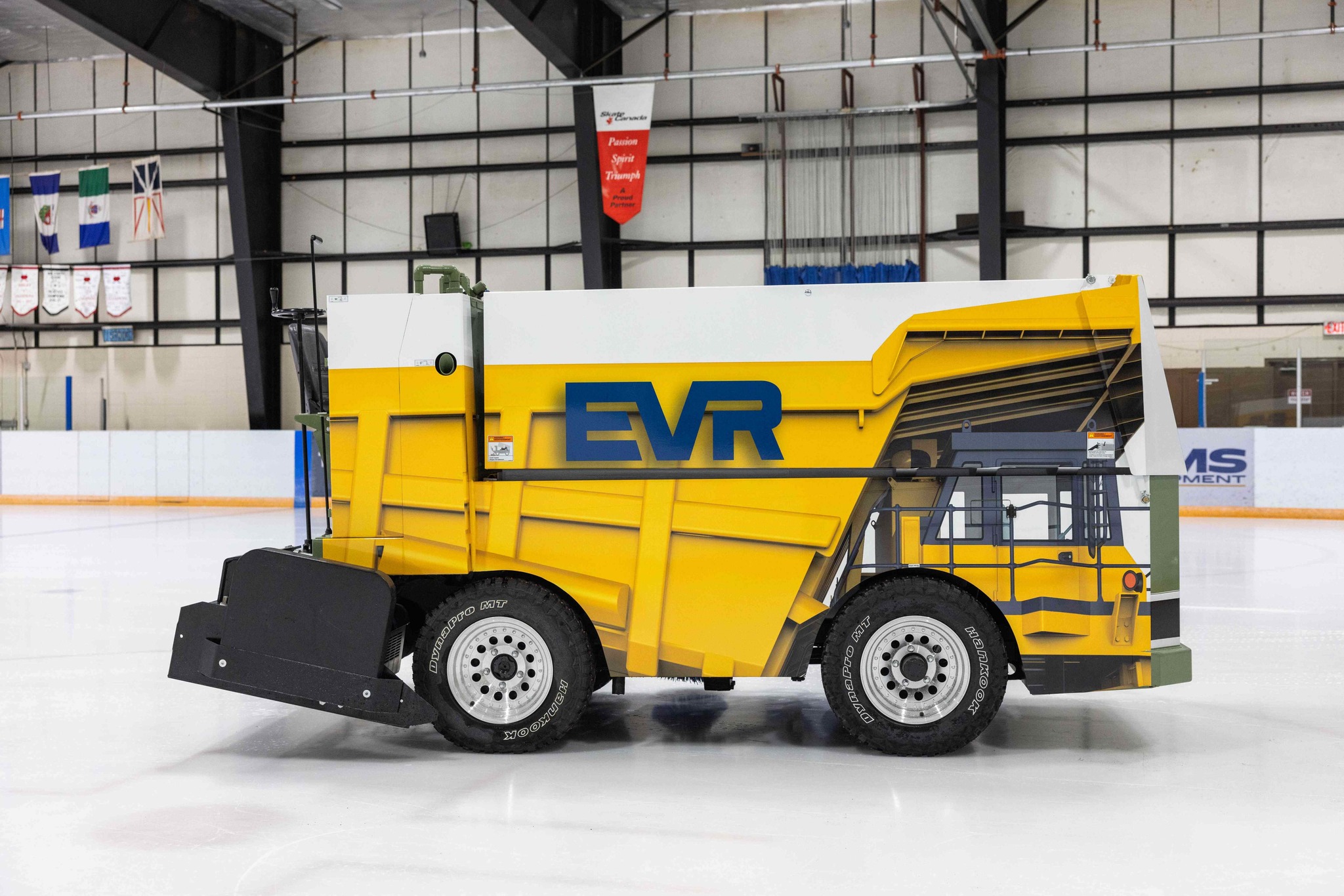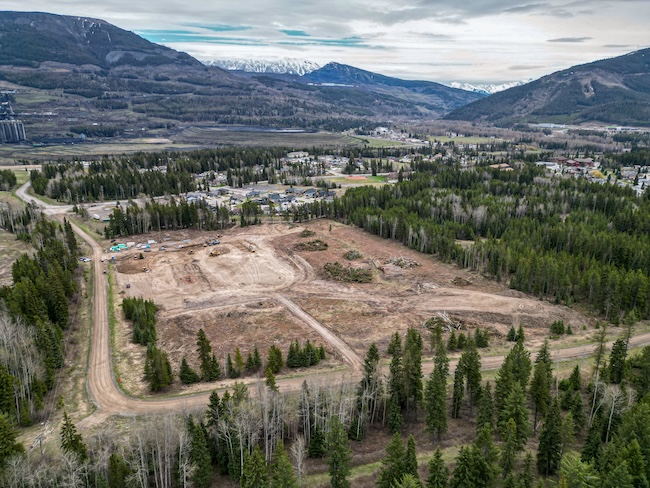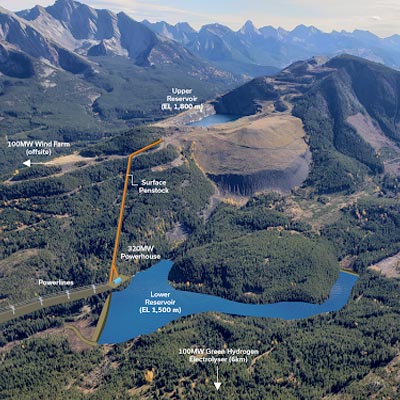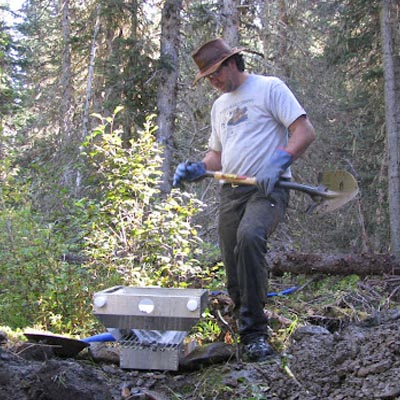Teck’s Coal Mountain surface mine rescue team wins
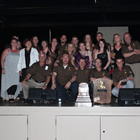
Coal Mountain Operations mine rescue team and their supporters accept the provincial award for Best Surface Rescue Team in B.C. at the East Kootenay Z
Coal Mountain Operations mine rescue team and their supporters accept the provincial award for Best Surface Rescue Team in B.C. at the East Kootenay Zone mine rescue competition earlier this year. — Photo courtesy Teck Coal.
The 58th Annual Mine Rescue and First Aid Competition took place in Revelstoke, B.C., on June 8, 2013. It brought together mine rescue teams from across British Columbia to compete in surface mine rescue, underground mine rescue and first aid tasks. This year's winner in the Surface Mine Rescue category was the team from Teck's Coal Mountain Operations.
Mining & Exploration spoke with Jon Gale, the team's coach, to find out what it took to win and what the safety culture is like at the Coal Mountain Operations, located 30 kilometres southeast of Sparwood in southeastern British Columbia.
Our team had a fantastic day—it was very well organized and the tasks were very interesting.
The team worked harder this year than any other team I have seen or coached in the past—I have really enjoyed working with them. They were a really dedicated group of individuals who came together as a team, and it really paid off.
We did training with a lot of distractions; for instance, we would train with one person tying knots while another person was doing a first aid task next to them. Then after 15 minutes they had to describe what the other person had done.
Everyone sees the provincial competition as being the Stanley Cup of mine rescue, because it is all B.C. teams who work under the same legislation and so it is a really good indication of how a team is doing.
Each team carried out a written test, and then had to tackle four different scenarios that each dealt with a different part of mine rescue: fire, ropes, bench and extrication.
They were all good, realistic tasks. I believe the team did really well in the ropes task, where they had a patient who had fallen into a confined space and they had to rappel safely down to him, package him securely and raise him up out of the space to safety.
As far as we know, we are the first team from Coal Mountain Operations to ever win the provincials and compete in the Western Regionals, so we are very excited. We have progressed up the ranks over the last few years and made it to the provincials for the last two years, so we will be working very hard over the next few months to prepare.
The Edward Prior Safety Award is for mines with 200,000 to one million worker hours and the lowest lost-time accident frequency rate. This year we shared it with Teck’s Quintette Project in Tumbler Ridge, B.C. Everyone at Coal Mountain is very proud to have won this award; it shows we are a safe mine to work at, which is very important to us and to Teck.
Our mine rescue teams are already training to a high standard, but the competition pits their skills against others from the industry, which motivates them to train even harder. It also gives them more practice and skills than they would get just from being on the regular crew team. That’s why we choose the competition team from all of our crew teams—they bring a huge amount of skills, experience and knowledge back to Coal Mountain as a whole.
There are four mine crews at Coal Mountain Operations and each crew has its own mine rescue team, which meets once a month throughout the year. Then we pick members from each of those teams to make up the competition team, and they trained for two full weeks together before the East Kootenay zone competition.
The 51st Annual Mine Safety Awards banquet also took place the same weekend in Revelstoke. The Edward Prior Award was presented to Teck Coal - Coal Mountain Operations and Teck Resources - Quintette Mine, for having operations with 200,000 to one million worker hours and the lowest injury-frequency rate.
